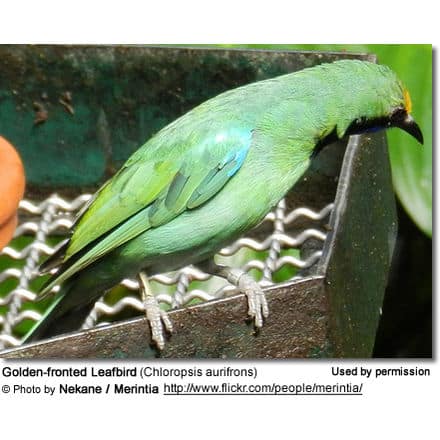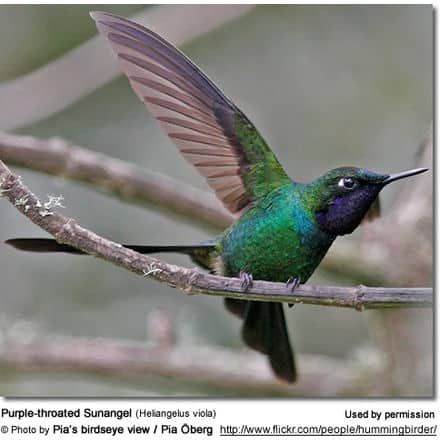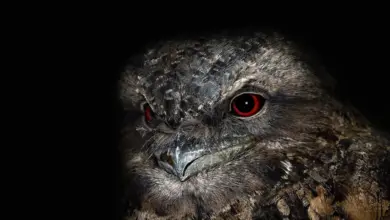Canyon Wrens
The Canyon Wrens (Catherpes mexica nus) is a small inconspicuous North American wren.
It is the only species in the genus Catherpes (monotypic).
Description:
- Length: ~ 14.5 cm (5.75 inches) – including its tail
- Rusty brown back, wings, belly and tail
- Upperparts lightly spotted with small black and white spots
- Tail has thin, black bars
- Face and side of the face are dark brown
- The upper chest, throat and lower face are white
- Black or dark legs
- Sexes look alike
- Juveniles: Look like adults, but their upper parts appear more textured and less spotted, and their flanks lack barring.
- Similar Species: Its coloration is more of a rusty color than that of the Rock Wren, with a contrasting white throat and darker underparts. The Canyon Wren also has a longer bill.
Distribution / Habitat:
Its natural range stretches from far southern British Columbia and Montana south through much of Mexico and east to Oklahoma and Texas. The Canyon Wren prefers rocky environments near water.
Their preferred habits include canyons, cliffs, rocky outcrops, and boulder piles.
They inhabit the same territories year-round.
Although not generally associated with human development, the Canyon Wren do occur in villages in the southwestern United States and Mexico.
The Canyon Wrens are often seen creeping like mice around rocky mountainsides.
Breeding / Nesting
They construct their shallow cup nest out of twigs, moss, plant down, and other vegetation in sheltered rock crevices or old stone buildings.
The hen lays 4 to 6 eggs (white with reddish brown and grey speckles).
Diet / Feeding
It feeds on insects and spiders by using its long, decurved bill and flattened head to probe for spiders and insects deep in rock crevices.
They are often seen foraging along the sides of desert springs, but not drinking. One assumes that they obtain all the water they need from insect prey.
Calls / Vocalization
This songbird is more often heard than seen, announcing its presence by its beautiful song – a cascade of musical whistles “peup, peup, peup tew tew tew tew tew mew”, “jeet” .
Its melodious song is often heard echoing throughout the canyons of western North America.




